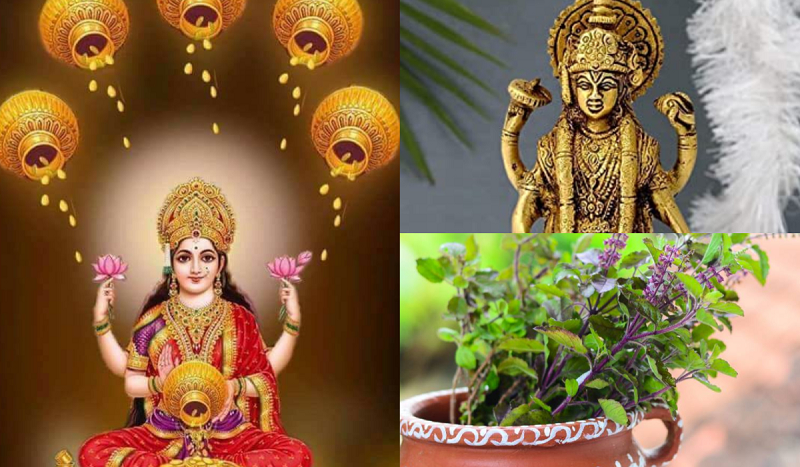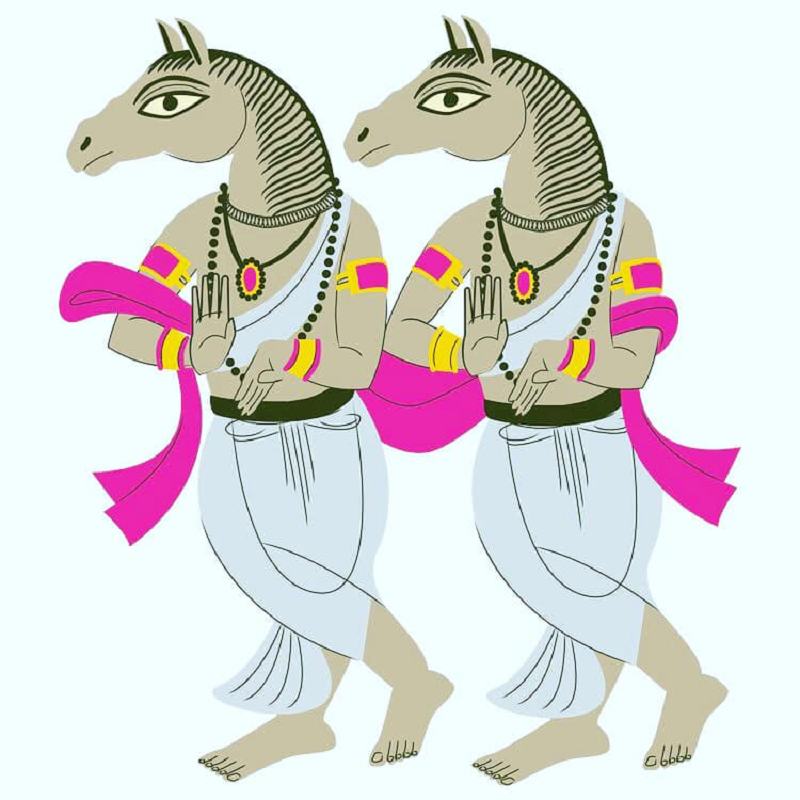
Tombs in India: India, a country of diversities, is famous for its culture and traditions all over the world. People from all over the world are drawn here to see the ancient culture and heritage here. There are many such buildings and monuments, especially for history buffs, that reflect the rich culture here. India has had the Mughal Empire for many years.
This is the reason that many ancient mausoleums are also present here, which allows seeing the Islamic style of architecture closely. If you are also a history lover and want to see Mughal architecture closely, then we will tell you about 5 famous tombs in India, that you must visit-
Taj Mahal
The Taj Mahal, located in Agra, Uttar Pradesh, is one of the most famous and beautiful mausoleums in the world. Considered a symbol of love, this building was built by the Mughal emperor Shah Jahan in memory of his wife Mumtaz. The tombs of Mumtaz and Shah Jahan are also present here. This mausoleum also has the status of a UNESCO World Heritage Site.

Humayun's Tomb
Located in Delhi, Humayun's Tomb is a magnificent mausoleum built for the Mughal Emperor Humayun. It is recognized as a UNESCO World Heritage Site. The magnificent architecture and serene gardens of this mausoleum make it a popular tourist destination.
Gol Gumbaz
Located in Bijapur, Karnataka, Gol Gumbaz is the mausoleum of Mohammed Adil Shah, ruler of the Adil Shahi dynasty. The mausoleum is known for its massive dome, which is the second largest in the world. It has a unique architectural design, which is the main center of attraction among the people. It also has the Whispering Gallery, where you can see the sound echoing.
Qutub Minar
Qutub Minar is one of the famous buildings of Delhi. This one is mainly known for its huge minaret. But the Qutub Minar complex houses the Quwwat-ul-Islam mosque and the tomb of Iltutmish, the second ruler of the Delhi Sultanate. This mausoleum is a major historical site displaying Indo-Islamic architecture.
Safdarjung's Tomb
Safdarjung's Tomb in Delhi is the resting place of Nawab Safdarjung, a prominent statesman of the Mughal Empire. Mughal and Persian styles can be seen in the architecture of this mausoleum. The beautiful garden present here is the main center of attraction among the people.
PC Social media










